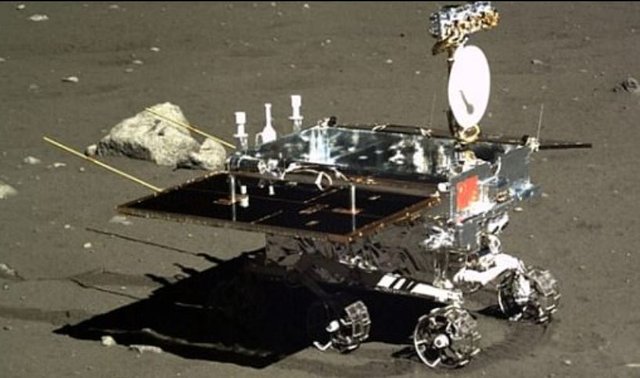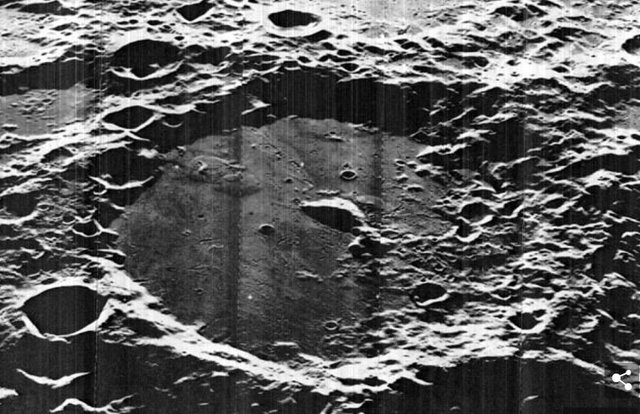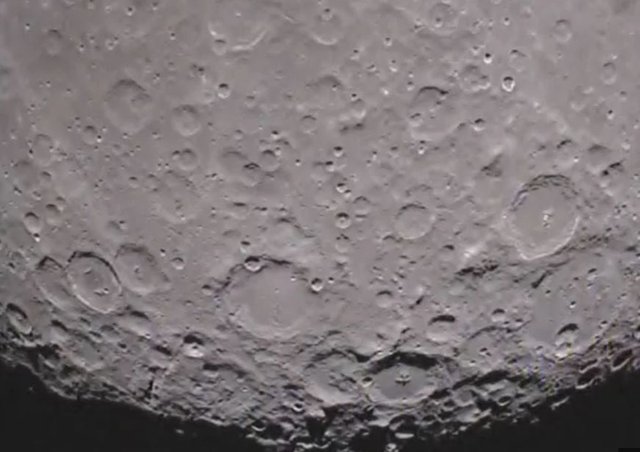Visiting the Far Side of the Moon
In a first, China has announced its plan to explore the far side of the moon. It has already launched its relay satellite known by the name ‘Queqiao’, which in Chinese stands for the ‘Magpie Bridge’. This will be followed by the launching of the lunar land-rover under the Chang’e-4 mission (Chang’e means ‘Moon Goddess’ in Chinese) later this year.
The Mission
The relay satellite Queqiao was launched on 21 May 2018 on board the carrier rocket Long March-4C from the Xichang Satellite Launch Center, China. A relay satellite is essential for this space mission since it is difficult to established direct communication with the far side of the Moon owing to its rugged and rocky terrain. The Queqiao satellite will play the very crucial role of mediating information between the Chang’e-4 lunar probe and the monitoring stations on Earth.
Queqiao has derived its name from a Chinese folkore, which tells the celestial tale of how magpies formed a bridge with their wings, across two opposite ends of the Milky Way galaxy. Queqiao, will act just like a bridge, in accordance with its name, relaying information between the Earth and the Chang’e-4 lunar probe, which will be landing on the far side of the Moon.
The Queqiao relay satellite will operate from the second Lagrangian(L2) orbit- a gravitationally stable spot about 40,000 miles (64,000 kilometres) beyond the lunar far side. Queqiao is the world’s first satellite to be positioned in this orbit. Weighing around 425 kg, it is supported by a monopropellant hydrazine system. The Quequiao is designed by the Chinese Academy of Sciences.
One of NASA's twin Grail spacecraft has returned its first unique picture of the far side of the moon, an image that shows shadowed craters at the moon's south pole.
Along with the Queqiao, two microsatellites Longjiang 1 and Longjiang 2 have also been deployed to carry out radio-astronomy research. Apart from the twin satellites, the NCLE instrument, which is part of the Netherlands-China Low-Frequency Explorer (NCLE) project, is also on board the Queqiao. Through the NCLE project, various low-frequency radio-astronomical experiments shall be carried out.
![nasa3.JPG]



